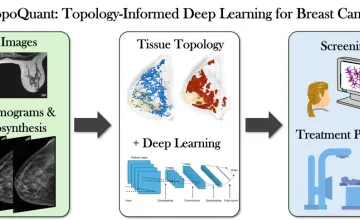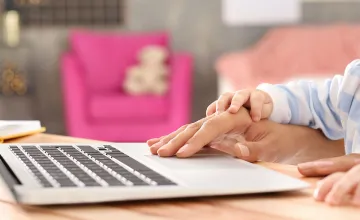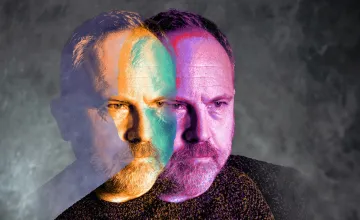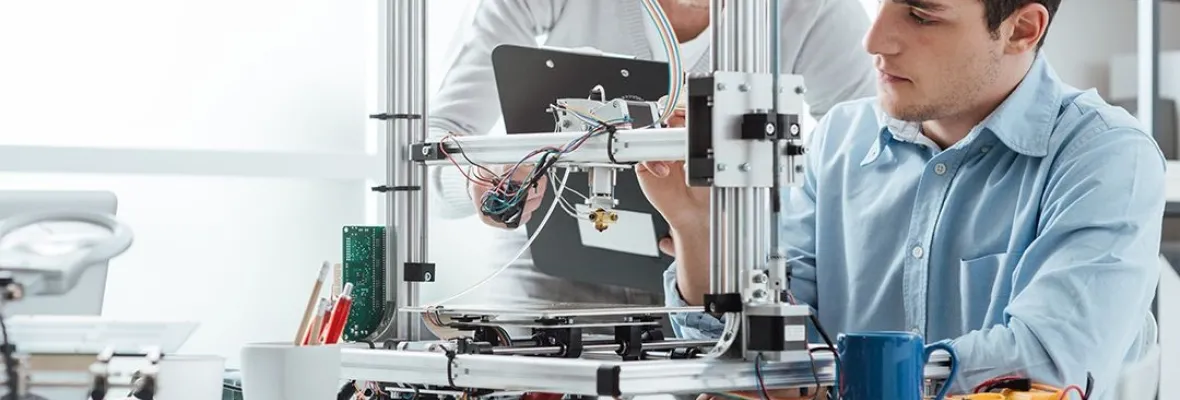AAU universities conduct a majority of the federally funded university research that contributes to our economic competitiveness, health and well-being, and national security. AAU universities are growing our economy through invention and innovation while preparing the next generation of scientists and engineers for global leadership. By moving research into the marketplace AAU universities are helping to create jobs, and provide society with new medicines and technologies.

UMD geologists uncovered evidence of a section of seafloor that sank into the Earth's mantle when dinosaurs roamed the Earth; it's located off the west coast of South America in a zone known as the East Pacific Rise.

Novel research supported by NCI could lead to more specific predictive disease models

A new University of Kansas study reveals parents seeking health care information for their children trust AI more than health care professionals when the author is unknown, and parents rate AI generated text as credible, moral and trustworthy.

Hypertension and amyloid plaques can separately cause dementia. Having both increases a person’s odds of developing cognitive decline, a new study finds
Explore More: University Research
You can filter stories by the university.
Drinking artificially sweetened beverages is associated with a significantly lower risk of colon cancer recurrence and cancer death, a team of investigators led by a Yale Cancer Center scientist has found.
Assistant Professor Goeran Fiedler is researching the comparative effectiveness of a new type of liner that fits into the prosthetic socket of artificial limbs for individuals with below-knee amputations.
An analysis of more than 1,000 people with and without psychiatric disorders has shown that nitrates—chemicals used to cure meats such as beef jerky, salami, hot dogs and other processed meat snacks—may contribute to mania, an abnormal mood state.
Researchers worked with the Detroit Zoo to convert animal and food waste into clean energy capable of powering some of the zoo’s operations.
Energy Sources | Michigan State University | Research to Secure Our Energy Future | University Research
The risk of developing autism-spectrum disorders is determined by the mother’s microbiome – the collection of microorganisms that naturally live inside us – during pregnancy, new research from the University of Virginia School of Medicine suggests.
